|
Prototype camouflaging is an interesting subject to study.
There are several methods of how to cover up the true
identity of vehicles; some manufacturers simply drape their
cars in bin-liners, whilst others paint them to resemble
zebra’s or mock them up to look like Mercedes. Ferrari, on the other hand, have mastered the art of deception, using matte black plastic vacuum formed panels in the shape of their current cars to conceal the true prototype body lurking beneath. Faint mock lines are often introduced under several layers of black tape, to fool and mislead unimaginative journalists into thinking that
the cars are mules.
There are several limitations as to how far one can camouflage a vehicle though, and in the same way that an armoured car has physically weak points around windows, panel joints and air-intakes, camouflage too has to allow for the functionality of the actual car it is hiding. Ferrari’s most recent prototypes for “F139”, the replacement model for the Ferrari 575M, may resemble the earlier 612 Scaglietti-based mules, but in actual fact are final bodies covered up in plastic. On the latest batch of photographs which are circulating the internet, new design details come to light. Through the wide front grille, the true red and silver paint of the actual bodywork can be seen set back behind the black mask, whilst at the side, cooling slots and door handle cutouts give valuable information away about the contours underneath. The final bonnet shape too is now more visible, complete with cooling ducts.
Process these constraints, and it becomes immediately clear that the new Ferrari 575 replacement shares a lot with the 2000 Ferrari Rossa concept designed by Ken Okuyama at Pininfarina. A line-play of sharp creases and intersections incorporate Ferrari’s established form language, in particular reminiscent of the 1956 Ferrari 500 Testarossa and the sharp 1984 Ferrari Testarossa, also a Pininfarina classic and a direct bloodline of the F139.
As everybody reading this should know, Testarossa is Italian for ‘Red Head’ and refers to the traditional red craquelure paint used to finish the cylinder heads on the Prancing Horse’s most memorable
cars. On the latest photographs of the F139 prototypes, a faint rectangular shape is visible at the top of the bonnet in the same location as the exposed engine on the Ferrari Rossa concept, conceivably a giveaway tale of a clear section in the bonnet.
|
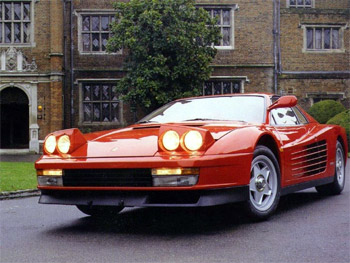 |
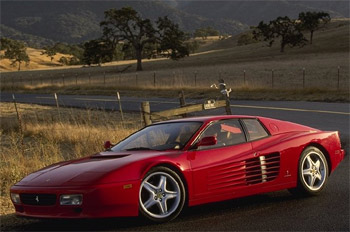
|
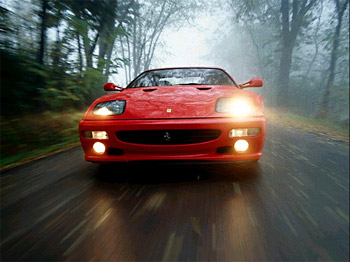 |
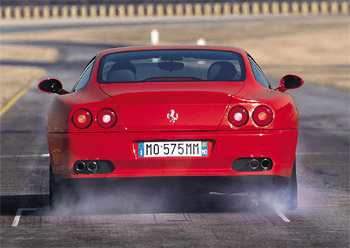
|
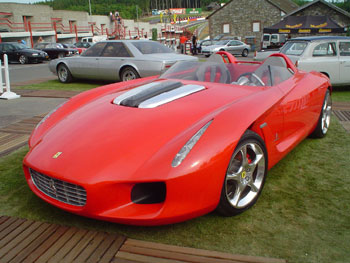
|
|
1984
saw the reappearance of the Testarossa name with the
flamboyant 80's design icon from Pininfarina. The
car evolved in various guises until 1996 when the 512M
was replaced by the 550 Maranello. Pininfarina
celebrated their 70th anniversary by producing the
extreme Rossa concept in 2000, it is
believed to form the inspiration for the new model |
|
|
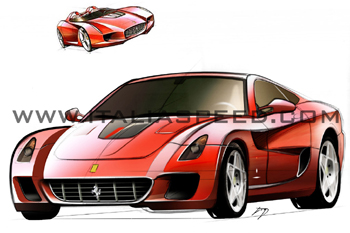 |
|
The Ferrari 575M
replacement, codenamed "F139", will be launched
next year potentially called the F600 Testarossa
|
|

|
|
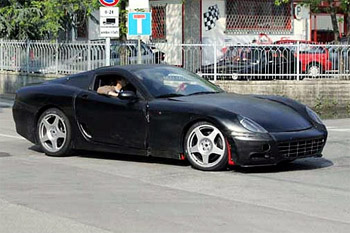 |
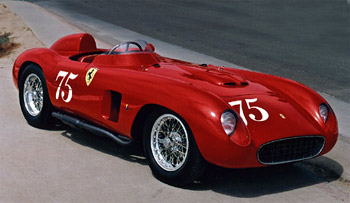 |
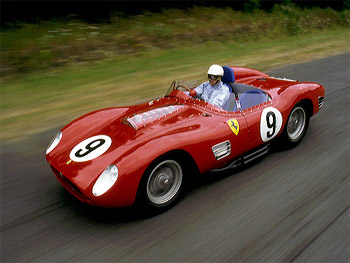
|
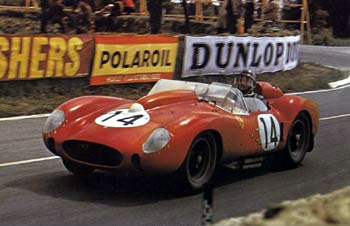 |
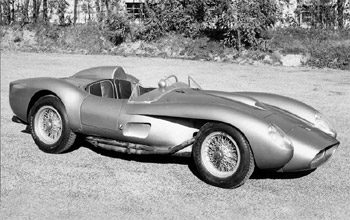
|
|
Introduced
in 1956, the Ferrari
500 Testarossa went
on to spawn the legendary 250 Testarossa which was
built from 1957 until 1961. The beautiful,
yet un-aerodynamic, pontoon fender fitted cars from 1958
onwards are the most renown for their daring Scaglietti bodywork (introduced
for brake cooling) and were a source of inspiration for
the
Pininfarina Rossa concept car, which was presented
just five years ago |
|
|
The location of the engine on the F139 is indeed very far back, not dissimilar in arrangement to the Ferrari 612 or Aston Martin AM V8, allowing for a near perfect front to rear weight distribution of 45% - 55%, achieved partially by means of a transaxle. The new Testarossa’s wheelbase will be around 15 cm shorter than that of the 612 Scaglietti, but the newcomer will therefore have a wheelbase 30 cm longer than the outgoing 575M. This length increase is due to the position of the engine behind the front axle. The engine itself will be derived from the Enzo 6.0 litre V12 unit, delivering a potent 590-625 bhp to the rear wheels.
The F139 is a Gran Turismo, designed as a means of comfortable transportation with speed on tap when necessary. Flat out on a suitable stretch of road, the
F139 will be capable of topping 340 km/h, but at the same time it will remain an easy and forgivable car to drive like the 575M that it replaces.
The new car will be launched at either the Geneva International Motor Show next March, or at the 2006 Paris Mondiale in over a year’s time. Ferrari want to get this car just right, and so are in no hurry to launch it at an earlier date such as at Detroit in January. The unveiling of the F139 as a MY2007 car in 2006 ties in with the 50th anniversary of the original Ferrari 500 Testarossa, and as such Italiaspeed are led to believe that the name of the newcomer will simply be F600
Testarossa.
|
|
|
|
![]()
![]()